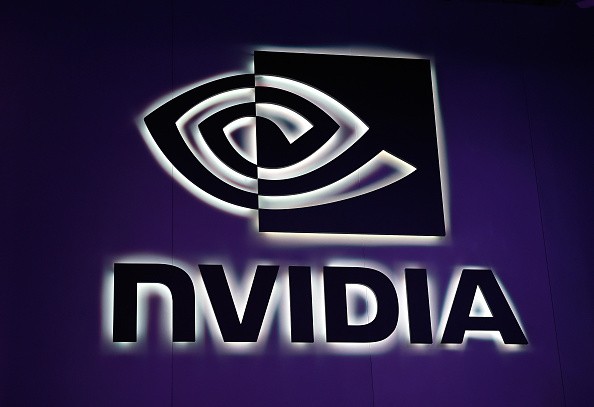NVIDIA just achieved something that would have been considered sorcery decades ago: turning a flat, 2D image into a fully 3D environment.

This feat was achieved using NVIDIA's Instant NeRF (neural radiance fields) software, which TechRadar reports uses neural networks and rapid rendering techniques. Otherwise called inverse rendering, the process leverages the processing power of AI to compute how light works in real life.
By doing so, the AI can then approximate the data into a 2D image and create a fully 3D scene. This is possible even if the image has been taken from different angles. Furthermore, NVIDIA's NeRF is considered the fastest of its kind to date-at times even 1,000 times faster than existing processes.
To produce a 3D environment from a 2D image, all it takes for Instant NeRF is a few seconds to "train" itself on several still photos. The only drawback is that it still needs information on whichever angle the image was taken from in order to make its approximations.
Here is a YouTube video showcasing the Instant NeRF at work. The tagline is quite awesome on its own: "trained in minutes, rendered in seconds."
Team Green compared this Instant NeRF technology to how revolutionary the polaroid camera was. Back in the 40s when the first polaroid camera was introduced, it allowed folks to view their photographs in mere seconds. That was an insane feat for the time. Now, NVIDIA NeRF brings the "next-gen" version of this technological leap by using the power of artificial intelligence.
This ode to polaroids was also evident in the sample video you witnessed above. If you recognize the angle, it is reminiscent of Andy Warhol's iconic polaroid selfie from back in the day.
What Are The Use Cases For NVIDIA's NeRF?
According to a blog post on NVIDIA's website, one of the biggest use cases for this technology is with self-driving cars.
These cars primarily work by imaging their environments as they move along. But the trouble with current tech is that it's wonky and takes a little too long for comfort. But with Instant NeRF, all a self-driving car needs to do is to take still photos, convert them into 3D, and use that to approximate/understand the size and shape of real-world objects.

Another potential use case is in the metaverse or video game development fields. That's because you can be able to create avatars or even entire digital worlds in mere minutes using Instant NeRF. There would be barely any need to 3D-model an entire character, because all you need to do is just run the neural network and it creates one for you.
But more than that, NVIDIA is still looking to use this kind of tech for other applications involving machine learning. It can be used to translate languages with more nuance than before, for instance, as well as improve current general-purpose deep learning algorithms for an even more variety of workloads.
This article is owned by Tech Times
Written by RJ Pierce
ⓒ 2025 TECHTIMES.com All rights reserved. Do not reproduce without permission.




